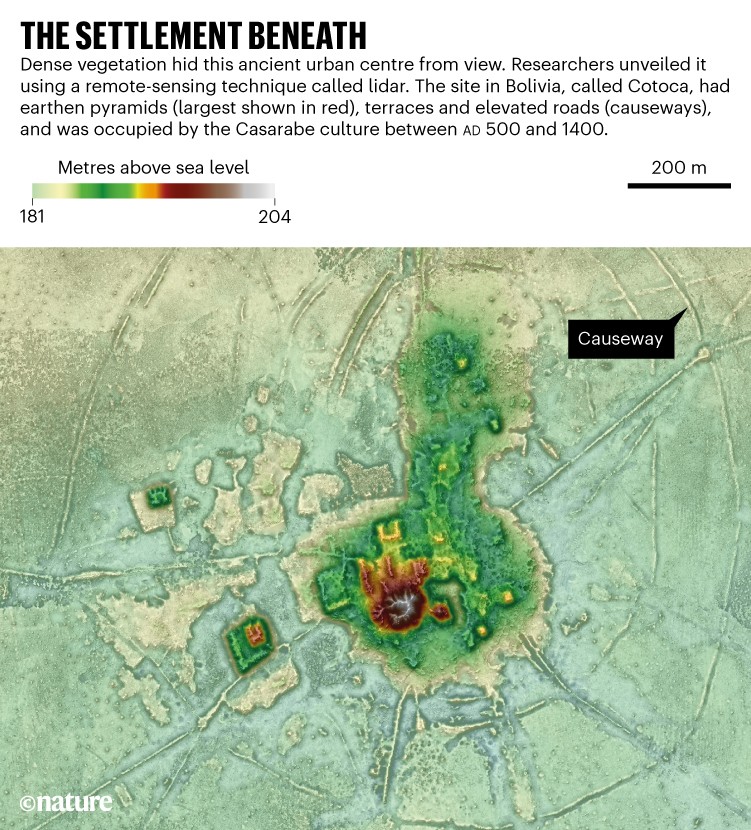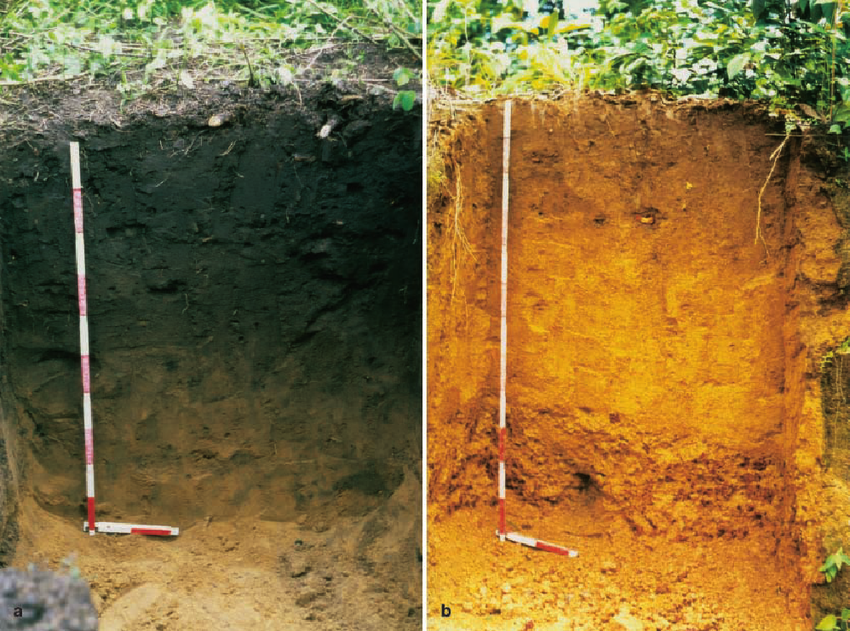Pyramids have been recognized as one of the most defining traits of an influential and arguably, powerful, ancient civilization. Egyptians are one of the most prominent pyramid-builders, with the Pyramid of Gizas built in the early 2500s BCE. (The Editors of Encyclopaedia Britannica 2022). Mesoamerican civilizations including the Olmecs, Mayans, Incas, and Aztecs also built pyramids.
Early Egyptian pyramids were constructed as step pyramids, with each layer of a mustaba, or the tomb of an Egyptian king, being smaller than the one beneath it (National Museum of Natural History 2005). These pyramids contained rooms and passageways, along with a burial chamber. The more well-known Egyptian pyramids began construction under the rule of King Snefru in 2680 BCE. These pyramids were built as a step pyramid and then covered with stone and limestone to form the smoother pyramid structure. The Pyramids of Giza were built to recognize the leadership of each ruler – Khufu, Khafre, and Menkaure.
In Egyptian mythology, pharaohs become gods in the afterlife (Handwerk, n.d.). The pyramids were built to prepare pharaohs for the afterlife and their burial chambers were filled with goods that they deemed necessary. They were also buried alongside the Queen and the intricate passages within the pyramids indicate the importance of the pharaoh’s role in connecting their world with the afterlife (Mark, Stanley, and Bard 2016).

Figure 1. Diagram of the interior of the Pyramid of Giza, specifically the Great Pyramid of Khufu (Hawass, n.d.).
A major Mesoamerican civilization that constructed pyramids were the Mayans. They constructed hundreds of pyramids from 1000 BC to 1500 AD, spread throughout the Yucatán Peninsula which is modern-day Mexico, Guatemala, Belize and Honduras (Jarus 2022). These pyramids were similar to the Egyptian pyramids in structure and purpose. These pyramids were used as both a ritual site and a tomb for rulers, who buried valuable goods such as jadeite with them. Jade was associated with rulership and connected individuals with their ancestors and the gods. They differed from Egyptian pyramids in how they were constructed on top of previous buildings, and sometimes even inside other pyramids. One example of this is the pyramid El Castillo at Chichén Itzá, Mexico, which is a pyramid within a pyramid within a pyramid.

Figure 2. Diagram of El Castillo, a Mayan pyramid, and the Temple of the Rising Sun (Hey Dave, n.d.).
The combination of temples, burial chambers, and sacrificial sites across all pyramids reflect how ancient civilizations were similar in their ideologies and purposes, even though there was little to no direct overlap between them.
Links of Interest
- https://s3.amazonaws.com/prod-hmhco-vmg-craftcms-public/mayan-pyramids-vs-egyptian-pyramids-lesson-guide.pdf
- https://www.psychologytoday.com/us/blog/life-is-trip/201110/maya-and-egyptian-pyramids-hidden-connection
References
The Editors of Encyclopaedia Britannica. 2022. “Pyramids of Giza | History, Location, Age, Interior, & Facts.” Encyclopedia Britannica. https://www.britannica.com/topic/Pyramids-of-Giza.
Handwerk, Brian. n.d. “Pyramids of Giza.” National Geographic. Accessed November 13, 2022. https://www.nationalgeographic.com/history/article/giza-pyramids.
Hawass, Zahi. n.d. “News on the Robot and the Secret Doors inside the Great Pyramid of Khufu.” News on the Robot and the Secret Doors inside the Great Pyramid of Khufu Zahi Hawass I received this week a proposal for collection. Accessed November 11, 2022. http://guardians.net/hawass/articles/news_on_the_robot_Dec_2005.htm.
Hey Dave. n.d. “Wooden Chichen Itza Miniature.” Instructables. Accessed November 13, 2022. https://www.instructables.com/Wooden-Chichen-Itza-Miniature/.
Jarus, Owen. 2022. “What’s hidden inside the ancient Maya pyramids?” Live Science. https://www.livescience.com/what-is-inside-maya-pyramids.
Mark, Joshua J., David Stanley, and Kathryn A. Bard. 2016. “Great Pyramid of Giza.” World History Encyclopedia. https://www.worldhistory.org/Great_Pyramid_of_Giza/.
National Museum of Natural History. 2005. “Ancient Egypt The Egyptian Pyramid.” Smithsonian Institution. https://www.si.edu/spotlight/ancient-egypt/pyramid.


